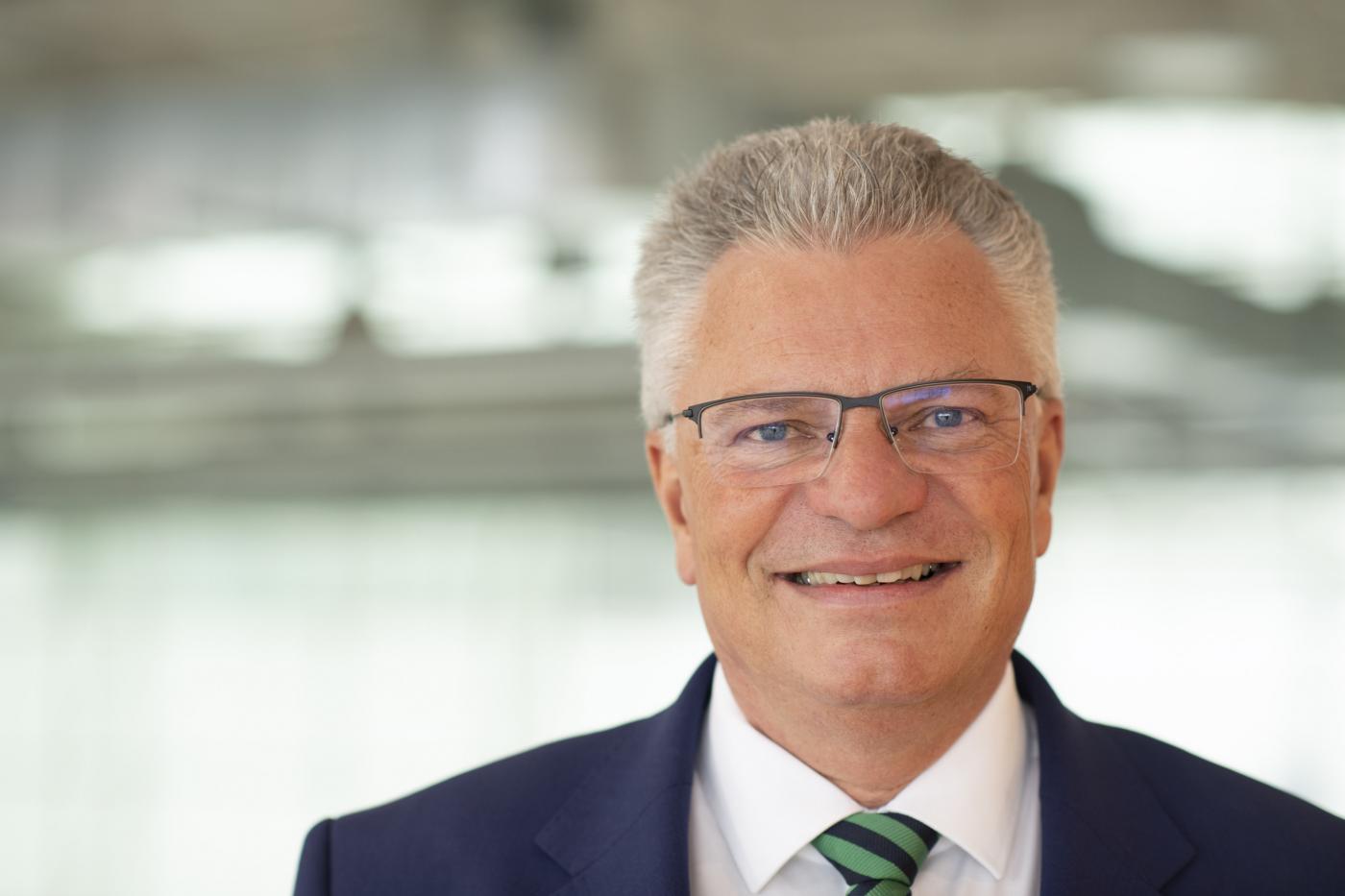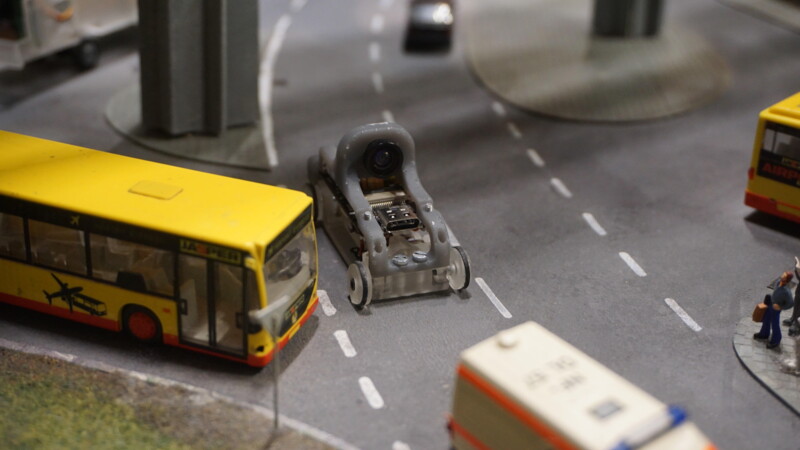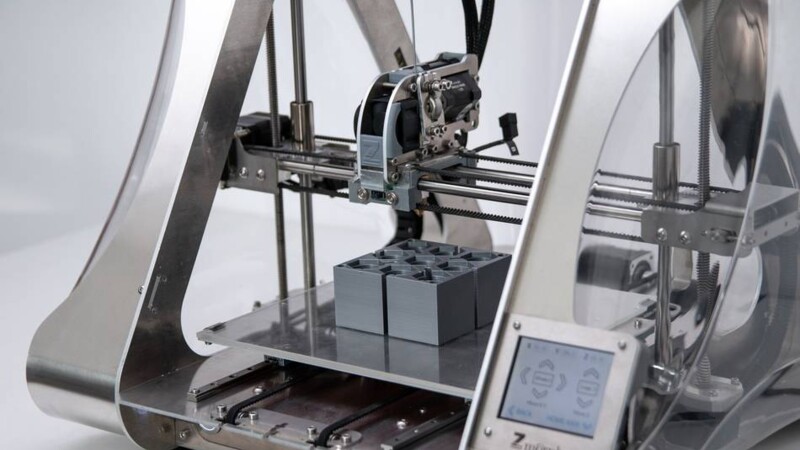"At the time, working with metal powder was a new strategic orientation and we were pioneers to a certain extent," Emmelmann recalls. At first, the quality of the metal components was unsatisfactory, but that changed gradually. "Our goal was to develop the technology further and transfer it to industry simultaneously." Initial successes occurred in the field of endoprosthetics such as titanium hips or cups, also due to the bionisation of the functional components. Scientists take their cue from nature - in this case human bone structure - and modelled it thereby revealing one of 3D printing's great strengths. Unlike the conventional, i.e. subtractive, machining process, additive manufacturing facilitates the construction of lightweight yet stable hollow bodies. "The endoprostheses, which are manufactured in a superficially porous manner similar to 'spongiosa', are extremely precise in their fit, grow in faster thereby accelerating the healing process and reducing the length of hospital stay," Emmelmann noted.





